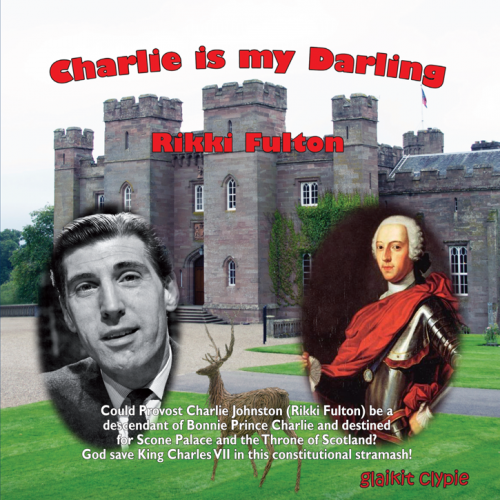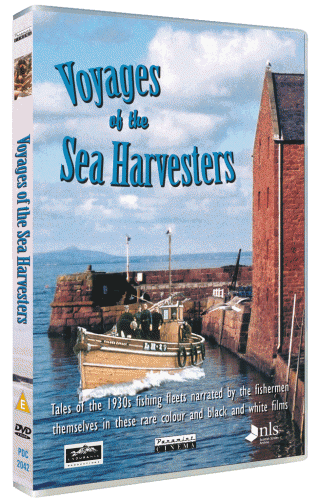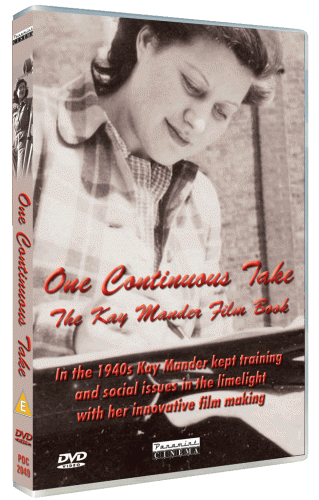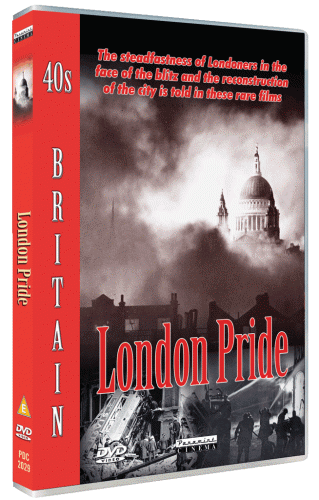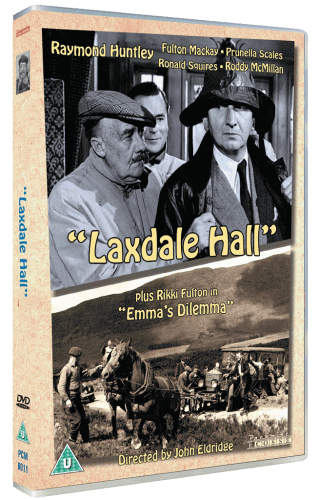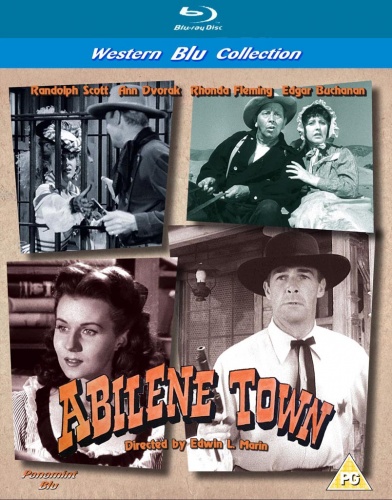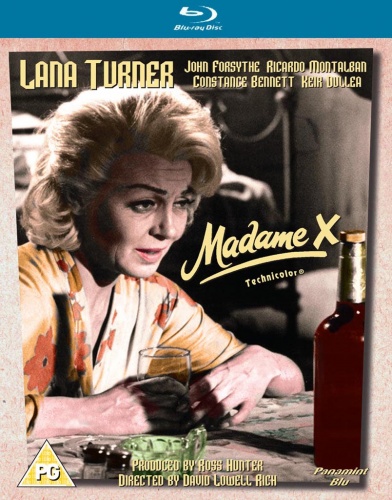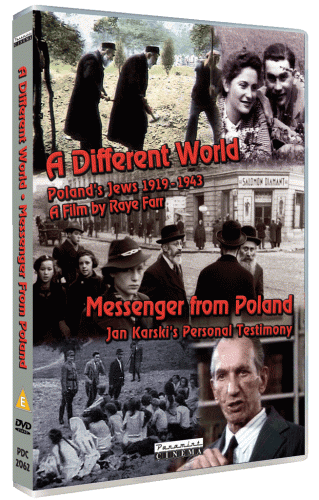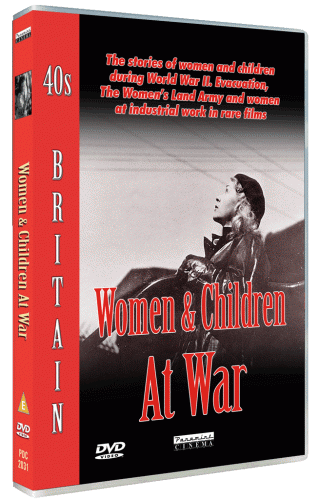Soon after publishing Laxdale Hall on DVD, which was Rikki Fulton's first film appearance, I purchased a collection of 16 mm films and audio tapes made privately by Rikki himself. Amongst a set of holiday movies, filmed by Rikki, were two 1920s style silent films. Emma's Dilemma is about a young lady living with her father, trying to escape from her lecherous landlord. |
Blog
| Panamint Cinema has an unrivalled collection of archive films celebrating Britain's Maritime Heritage. From shipbuilding, trawlers and drifters, the Battle of the Atlantic, public information films, a fisherman using the Post Office Savings Bank to replace his lost boat, to a feature film about the demise of the fishing industry, we have them all. |
| Shortly after I produced a DVD of 24 Square Miles, directed by Kay Mander, I was approached by a film student, Adele Carroll, who had met Kay and produced a 45 minute documentary, One Continuous Take about her life and work. A long while after, and following almost 12 months of research, and sometimes agonising negotiations with half a dozen film archives, I produced One Continuous Take - The Kay Mander Filmbook, a 2-disc retrospective of Kay's life and work. |
| London Pride: A collection of rarely-seen films showing the effect of the Luftwaffe's Blitz on London and its people, and the plans for the post-war regeneration of the City and its public services. The opening film is London Can Take It, about Londoners under seige during the blitz, seen in the very rare American version. This film was narrated by American journalist Quentin Reynolds, and was instrumental in persuading the USA to support Britain during The Second World War. |
| We Forgot About Germany: How Britain ignored the gathering storm of Nazism and overcame the consequences. A rare collection of seven public information films: The New Britain; From the Four Corners with Leslie Howard; The Dawn Guard with Bernard Miles; Words for Battle with Laurence Olivier; War and Order; West Indies Calling with Archie Lewis, Learie Constantine and Una Marson; and Night Shift. |
If Laxdale Hall had been an Ealing comedy it would probably have attracted a lot more critical and public attention over the years. It shares a similar theme with several Ealing classics of ordinary people rebelling against officialdom, boasts a great cast and marks the screen debuts of both Rikki Fulton and Prunella Scales, as well as a very early appearance by Fulton Mackay. And indeed it might well have been an Ealing comedy. Eric Linklater originally devised the story for Sir Michael Balcon at Ealing Studios, which had of course had a major hit with Whisky Galore!, which came out in 1948. Linklater subsequently turned the story into a novel, published in 1951. |
Rhonda Fleming Rhonda Fleming stars in two of Panamint Cinema’s productions, Inferno and Abilene Town. During production of these titles, I contacted Ms Fleming and she kindly sent notes of the recollections of making the films, which were included in the booklets. |
If Rhonda Fleming, with Maureen O’Hara and Susan Hayward, were hailed as “The Queen of Technicolor”, then surely Lana Turner, with Bette Davis and Joan Crawford, would be at least short-listed as “The Queen of Melodrama”. Madame X is based on Alexandre Bisson’s stage which opened in Paris on December 15 1908. An English translation by John Raphael opened in New York City on 2 January 1910 and ran to 125 performances. Madame X has been filmed several times, most notably with Ruth Chatterton and Lewis Stone, directed by Lionel Barrymore in an early sound version of 1929, and Gladys George and Warren William, directed by Sam Wood (A Night at the Opera) and Gustav Muchaty in the 1937 productions. Both of these were MGM productions. Tuesday Weld and Jeremy Brett also starred in a Universal TV movie of the play in 1981, directed by Robert Ellis Miller. |
| A Different World from the 1986 Channel 4 series The Struggles for Poland, tells the story of Poland's Jews from 1919 to the Warsaw Ghetto Uprising which began on April 19th 1943. “A Different World offers a nuanced and subtle look into interwar Poland and the relationship between Jews and Poles... I know of no other film that is as balanced, as comprehensive, as moving and as poignant. It is morally compelling that it be brought forth to 21st century audiences”. Michael Berenbaum, Professor of Jewish Studies at the American Jewish University, author of The World Must Know. “Raye Farr's fine documentary A Different World, paints the prewar scene vividly, using eyewitness interviews and authentic film; the images of Jewish life and presence are clear and memorable... Anyone seriously interested in the history of our times will want to see A Different World.” Sir Jeremy Isaacs, excecutive producer, The World at War. |
| A wonderful collection of war-time documentary shorts depicting the lives of women and children. Evacuees, land girls, factory workers bulding a bomber during their weekend, doughty countrywomen confronting Nazi paratroopers, and of course the Women's Institute are all here. Don't miss this one! |
